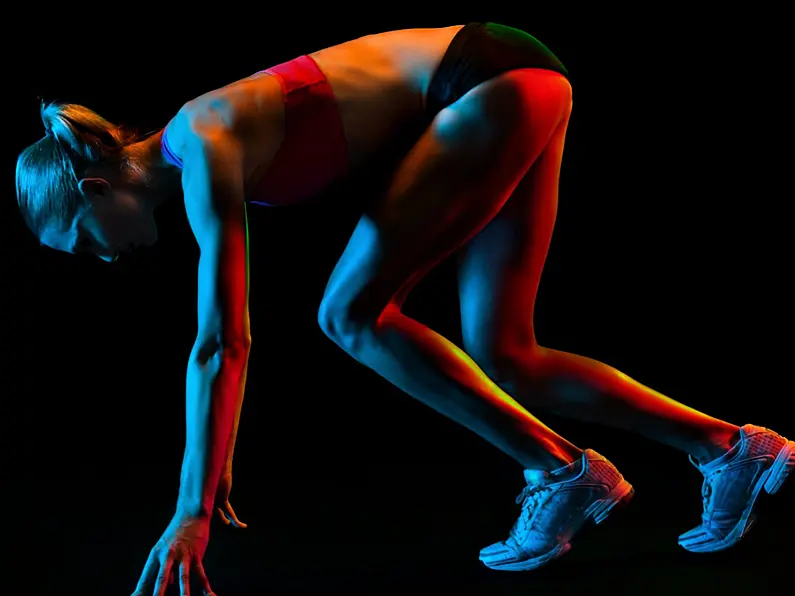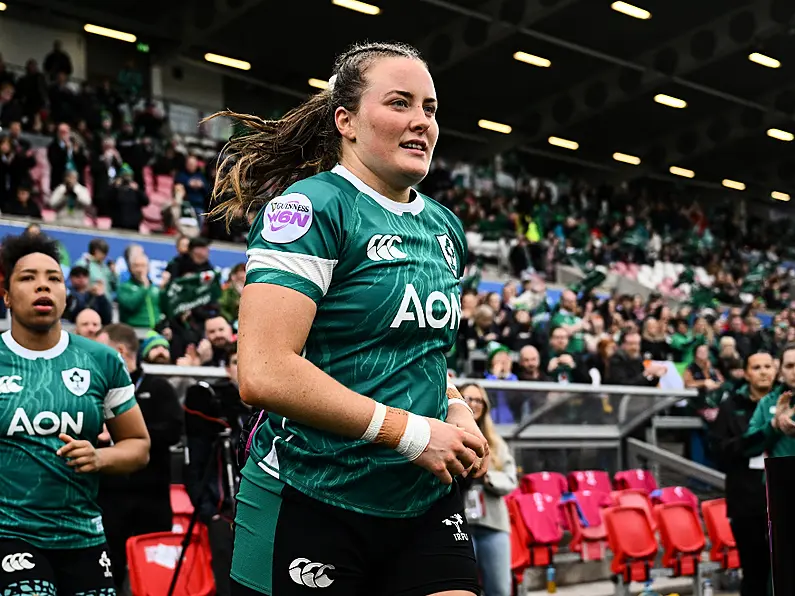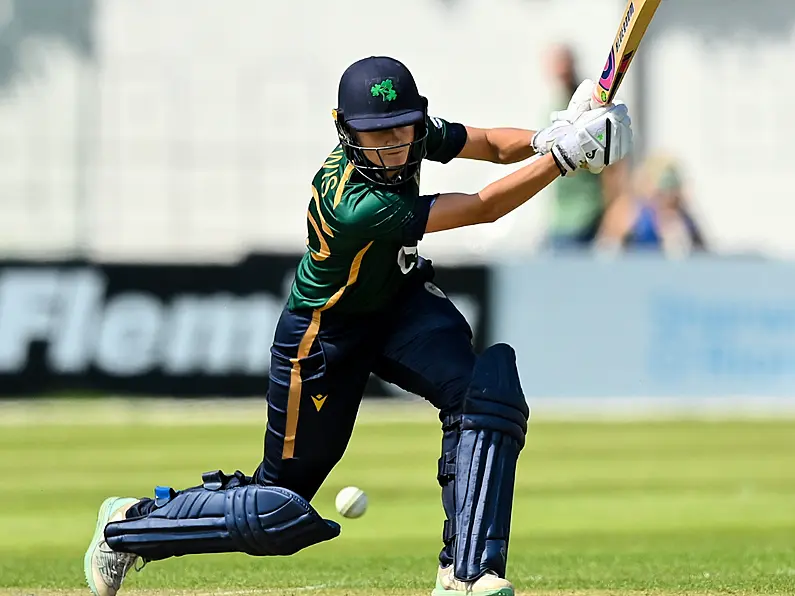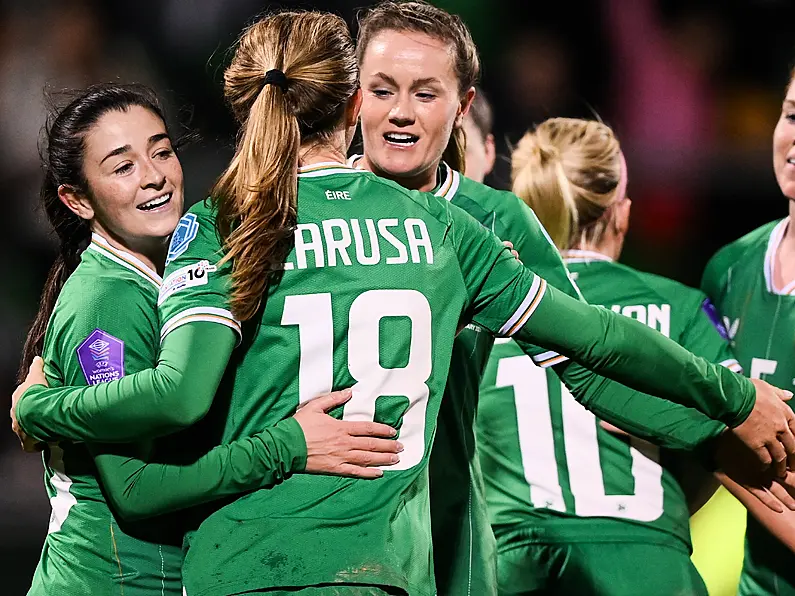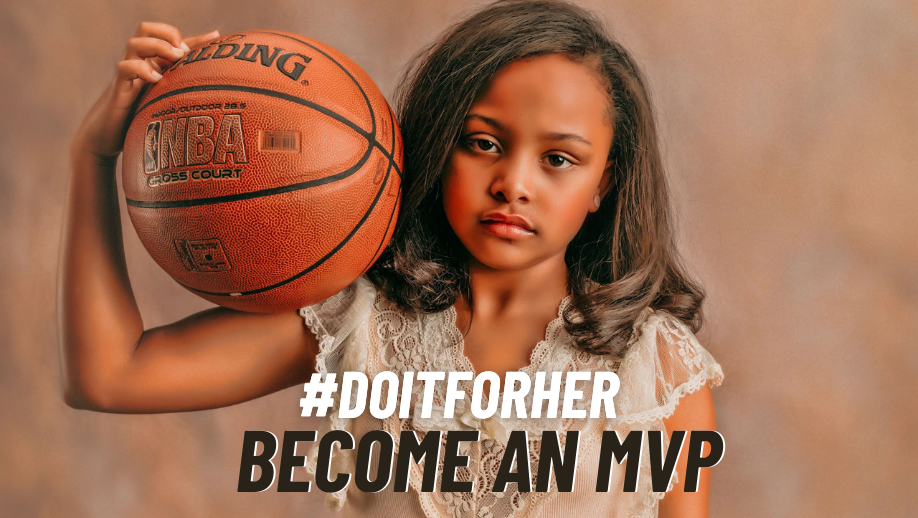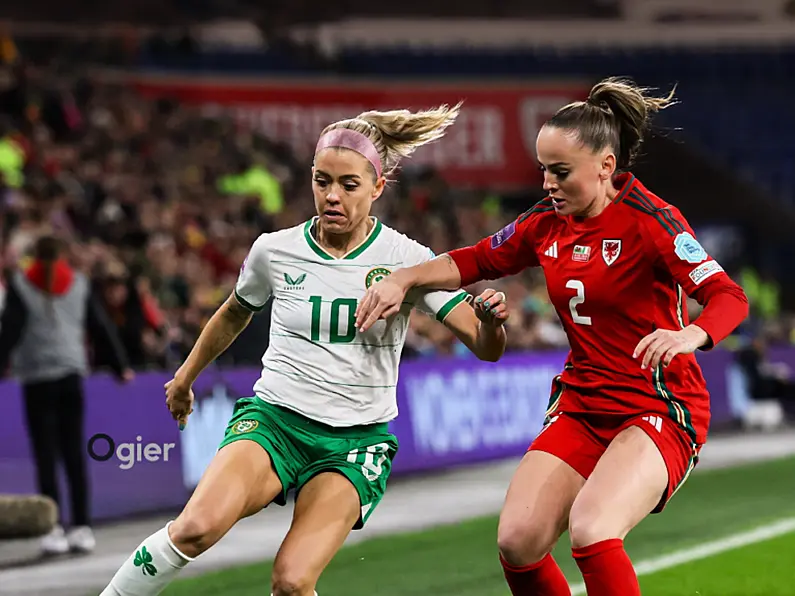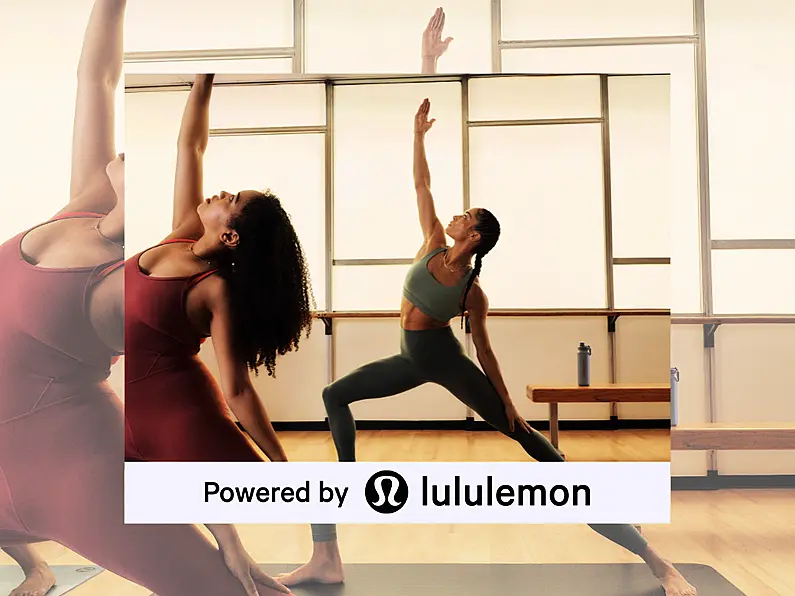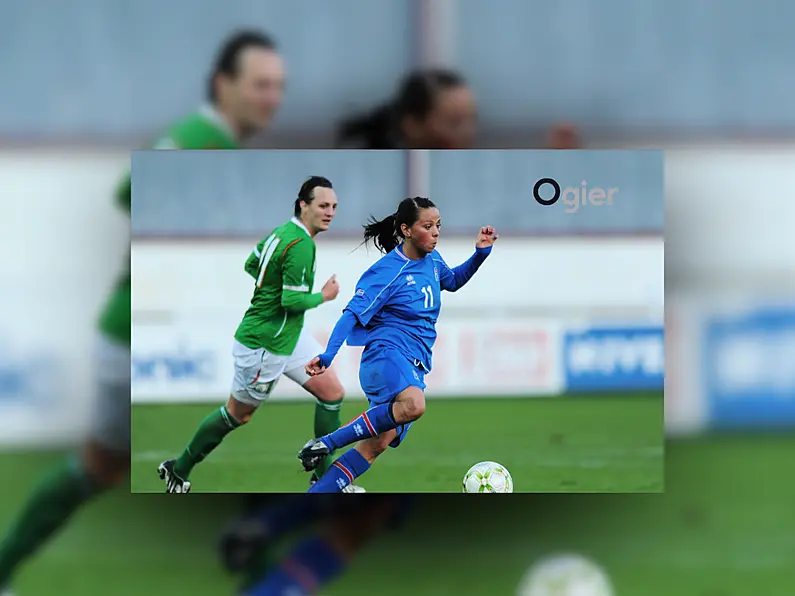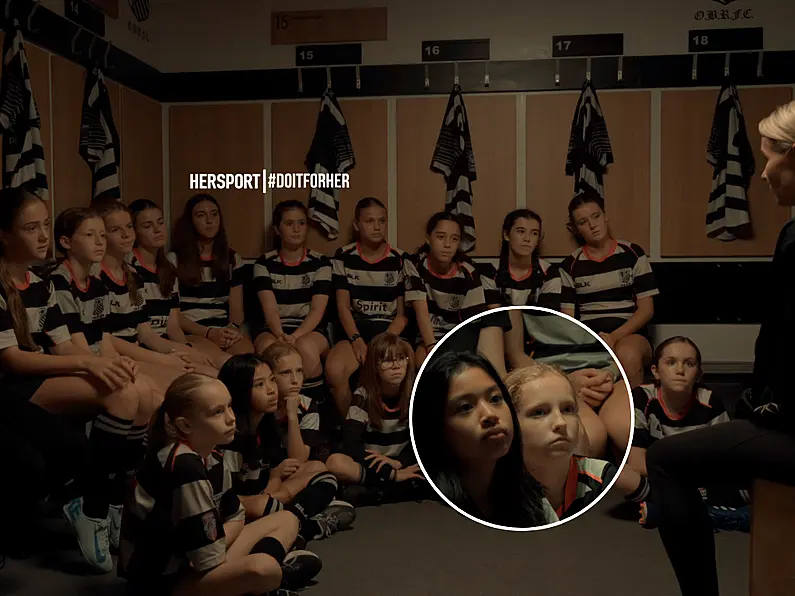When it comes to sports, the spotlight often shines brightest on the athletes, the teams, and the leagues themselves. But what about the research behind the scenes? Is it receiving the attention it deserves? The answer is a resounding "no," and that's a problem that impacts female athletes more than you might think. Research focused on female athletes lags far behind research focused on male athletes. Sky Sports found that as little as six per cent of research in sport science and medicine was conducted exclusively on females in 2020.
Investment in research should matter as much as investment in teams and leagues; the quantity and quality of research on female athletes affect the quantity and quality of opportunities for female athletes. Research helps athletes improve performance, prevent injuries, and sustain health and fitness. It also helps promising young players reach their potential and stars stay in the game longer. From there, women's sports are better positioned for growth.
1. #Lioness #LucyBronze called out the gender gap in sports welfare saying, 'if men had periods there would be more research'... Listen to the full chat here: https://t.co/aHUegXotEi pic.twitter.com/hXVZIB5EXf
— Josh Smith (@joshsmithhosts) September 19, 2023
Need proof of the valuable role research can play? Look no further than this summer's World Cup. The tournament was missing some of the world's best players because they had been sidelined by injury. In the past year alone, more than 20 elite players have suffered this debilitating injury. Considering ACL tears occur two to eight times more frequently among female athletes than male athletes, it's easy to wonder how more research could have prevented tears and kept more top players on the field.
Women's football's epidemic of ACL injuries - seeing Ireland's Savannah McCarthy, and England's Beth Mead and Leah Williamson, among a number of players to miss the 2023 World Cup with the injury - highlighted the need for greater research and resources into the problem, it is not the only issue to impact sportswomen.
The Financial Challenge
Still, there remains a huge financial component to it all. Studies require money. The same holds true for the infrastructure and personnel — doctors, dietitians, trainers, and more — that support the health and performance of female athletes.
"We see that women's sports are exploding and we can talk to each other and say, 'Oh, this is so important,'" said Dr. Kathryn Ackerman, director of the female athlete program at Boston Children’s Hospital. "But women's sports teams also need to financially catch up. We can't provide the same kind of care for female athletes if they don't have equal access to great resources."
Women’s sports cannot depend on generous donors alone; more financial support is needed to ensure that female athletes have access to the same level of research-backed insights and resources as their male counterparts. Corporate sponsors, sports organizations, and funding bodies must step up to provide the necessary resources to propel research in women's sports forward, ultimately benefiting athletes, fans, and the sports community at large.
Sponsors and other companies who support women's sports or, at least, loudly proclaim that they do offer another source. Along with league leadership and team owners, sponsors can fund research in new and innovative ways. Imagine if every sponsor of women's sports made more research funding part of every deal. The research gap would certainly narrow more quickly. However, for this to become a reality, more time and resources must be invested in performance-related research for female athletes. Research equality is as important as pay equality in the world of sports, as both directly affect athletes' health, career longevity, and competition quality.
It's here! 🚀@Sport_England’s research found that 2.4 million fewer women than men enjoy exercise – we call this the ‘Enjoyment Gap’. It’s limiting women from getting active how they like, and we want to close it so they can feel good. 💪
Find out more: https://t.co/IugQZNX2ko pic.twitter.com/kkEh0lc5bk— This Girl Can (@ThisGirlCanUK) February 28, 2023
Bridging the Gap in Scientific Representation
Sex and gender bias in sports and exercise medicine (SEM) settings are evident in multiple ways. Female athletes are under-represented in sports and exercise research. Women account for less than 20% of team doctors in both collegiate and professional sports, with the highest percentage (31%) in the Women's National Basketball Association. At conferences, all-male conference panels and keynote speakers are still common.
Addressing this issue is vital to support performance and safe sport for women. Fostering diversity in both participant cohorts and research teams is crucial. This includes designing experimental studies with female-specific physiological considerations and creating evidence-based exercise-related guidelines tailored for sportswomen. Women remain under-enrolled in both recreational and performance sports research, mirroring the under-representation of women across health and disease states.
Encouraging sports participation and actively striving to keep all children and adolescents, irrespective of their sex or gender, engaged in sports is crucial for promoting health throughout life. The lack of female role models in SEM can perpetuate the cycle of gender bias. Breaking this cycle is essential to ensure that future generations do not perceive gender bias as normal and continue to pass it down to new practitioners joining the field. In the future, gender equity should be normal.
Sports research is a powerful tool for promoting health and well-being among young individuals. It instills discipline, teamwork, and resilience while fostering a lifelong love for physical activity. However, an alarming trend has emerged that threatens to undermine these benefits, particularly among young women. The drop-out rate for teenage girls participating in sports continues to be of significant concern.
Recent research conducted by sporting bodies, like Sport Ireland, reveals that dropout rates among female athletes are of "significant concern." The study found that while girls and boys have similar sports participation levels at the primary school level (girls at 94% and boys at 89%), almost one-third fewer girls take part in physical exercise at the post-primary level (girls at 65% and boys at 79%). These statistics are indicative a sharp decline in sports engagement as girls transition from primary to post-primary education.
🤯In 2020, as little as six per cent of research in sports science was conducted exclusively on women.
This is a shocking statistic that demonstrates the urgent need to close the gender research gap in sports.
Find out more below.https://t.co/HUqKdh8kNO— Empower (@UKEmpowerWomen) September 26, 2023
Breaking Taboos
There are plenty of topics including menstruation, menopause, breast support, and pelvic floor which need to be openly talked about and highlighted so athletes can get the best and most out of their bodies. According to a study from the University of Melbourne, sport psychology research studies are predominantly based on men, which can influence coaching methods, injury management and performance psychology and risk the injury, misdiagnosis and mistreatment of women. Research has not served sex and gender diverse people well, either.
Fostering diversity in participant cohorts and research teams is essential. Designing studies with female-specific physiological considerations and developing evidence-based exercise guidelines tailored for sportswomen are crucial steps. Additionally, we need separate analyses to account for gender-specific mechanisms of injuries and health issues. Cisgender women, in general, have different hormones, different body fat distribution, a different (average) size and different risk factors for various diseases to men. They also have periods, pregnancies and menopause. The hormonal fluctuations that female athletes experience during their menstrual cycles can impact everything from energy levels to injury susceptibility. Understanding how hormonal cycles might influence performance allows for more tailored training programs, nutritional plans, and recovery strategies. This approach is essential for female athletes aiming to reach peak performance consistently.
In the world of women's sports, it's clear that research deserves a brighter spotlight. It's not just about the games we watch; it's about the science that supports the athletes, helps them break boundaries, and inspires future generations. Closing the research gap is not just an investment in female athletes; it's an investment in the future of women's sports.
